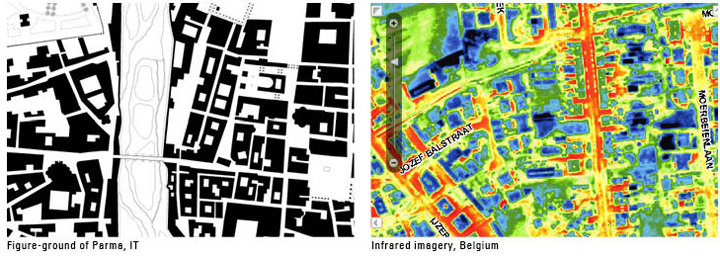|

Typology in architecture is a classification mostly based on physical characteristics commonly found in buildings and urban areas: density, formal geometry, solid-to-void ratio are parameters based on tangible features, traditionally represented by a black-and-white ground-floor plan of the city. However, as Buckminster Fuller declared some 50 years ago: “[…] Forms are inherently visible and no longer can ‘form follow functions’, because the significant functions are invisible.”
Over the past 20 years, our understanding of the built environment has been greatly expanded by technological advancement in detecting, measuring and visualizing the natural forces acting upon it, forces that were largely “invisible” to the architect’s eye until a decade ago. Accordingly, students in the program will examine the “invisible forces” that are vital to cities, such as energy conservation and production, mostly from solar, wind, and hydro power, access to essential resources like fresh air, clean water and natural daylight, speed of movement and traffic congestion, waste disposal and recycling.
|
